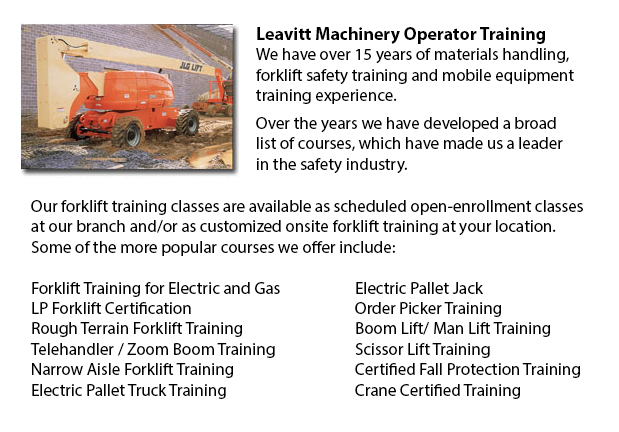
Hamilton Aerial Lift Certification - Aerial Lift Certification is for those who requires an in-depth understanding of aerial lift safety. Operators and inspectors, maintenance workers, construction craftsmen and supervisors should perform a certificate and training program. Federal, provincial and state regulations need businesses to be certified in order to perform in-house aerial lift inspections.
Regardless of differences in the type of work being carried out, all workers who work at elevated levels generally make use of the same means to access the needed height. Scissor lifts and aerial lifts are the mechanized machines made use of to be able to lift equipment and workers to elevated worksites.
Bucket trucks or cherry pickers are boom-supported aerial platforms. The primary hazards associated to boom-operated platforms are tip-overs, falls and electrocutions. Certification makes sure that workers who make use of aerial lifts are trained correctly to work the machine safely. Training likewise guarantees that workers know how to maintain aerial work platforms based on the instructions of the manufacturer.
Training comprises the following lifts: Vehicle-mounted aerial lifts, Boom-supported aerial lifts and scissors lifts. Trainees would gain an understanding of the results and causes of aerial lift incidents, and will learn safe operating procedures. They would be technically competent in the different kinds of aerial lifts, as well as terminology and parts. From selecting the right aerial lift for the job to interpreting rated capacity charts, the certification program will provide workers with everything they must know to perform their work safely.
Supervisors and inspectors who have the job to check aerial lift machines have to know how to inspect booms, gears, structural components, operating mechanisms, control systems and functions, power plants, braking systems, pins and shafts, attachments, hydraulic, electric and pneumatic parts, emergency safety devices and operator aids, et cetera. Training will comprise the following: the role of the inspector in lessening liability exposure and accidents; how to perform a pre-use, monthly and annual check; how to apply and interpret rules about aerial lift safety standards; how to write inspection reports; techniques and checklists; inspection procedures; complying with record keeping requirements; applying and understanding the three levels of aerial lift inspection; and when to remove defective aerial lifts from service.
-
Hamilton Aerial Platform Training
Hamilton Aerial Platform Training - Aerial hoists are able to accommodate various odd jobs involving high and hard reaching spaces. Often utilized to perform routine repair in structures with high ceilings, prune tree branches, hoist heavy shelving u... More -
Hamilton Heavy Equipment Operator Certification
Hamilton Heavy Equipment Operator Certification - The heavy equipment operator is a person who manipulates the controls and drives different kinds of big machinery. Heavy machinery is most commonly utilized on construction sites to deliver supplies t... More -
Hamilton Scissor Lift Ticket
Hamilton Scissor Lift Ticket - Scissor lifts have greatly benefited construction operations in view of the fact that the job that used to require much effort and lots of people, can now be completed utilizing the scissor lift truck and only one indiv... More -
Hamilton Forklift Certification Courses
Hamilton Forklift Certification Courses - Forklift certification courses really help to make sure that businesses utilizing forklifts, comply with the regional and local rules. The drivers of the forklift should undergo forklift certification prior t... More -
Hamilton Forklift Training Program
Hamilton Forklift Training Program - The forklift is a common powered industrial vehicle which is in wide use these days. They are occasionally called jitneys, hi los or lift trucks. A departments store would use the forklift to unload and load merch... More -
Hamilton Forklift License
Hamilton Forklift License - Obtaining a forklift license or forklift certification in North America would require the trainee to do hands-on training in addition to classroom instruction. The state, provincial and federal regulatory bodies are respon... More -
Hamilton Manlift Operator Certification
Hamilton Manlift Operator Certification - Our aerial lift and scissor platform training and certification empowers participants with a general understanding and knowledge of the efficient and safe use of "Power Operated Mobile Work Platforms," under... More -
Hamilton Forklift Operator Certification
Hamilton Forklift Operator Certification - Forklift operator certification is usually needed for employees working in industrial, warehouse or construction setting to guarantee the safe utilization of forklifts. Workplace training has to follow a met... More

Forklift Certification Hamilton
TOLL FREE: 1-888-254-6157
Hamilton, Ontario
forkliftcertificationhamilton.com
Email Us
About Us


